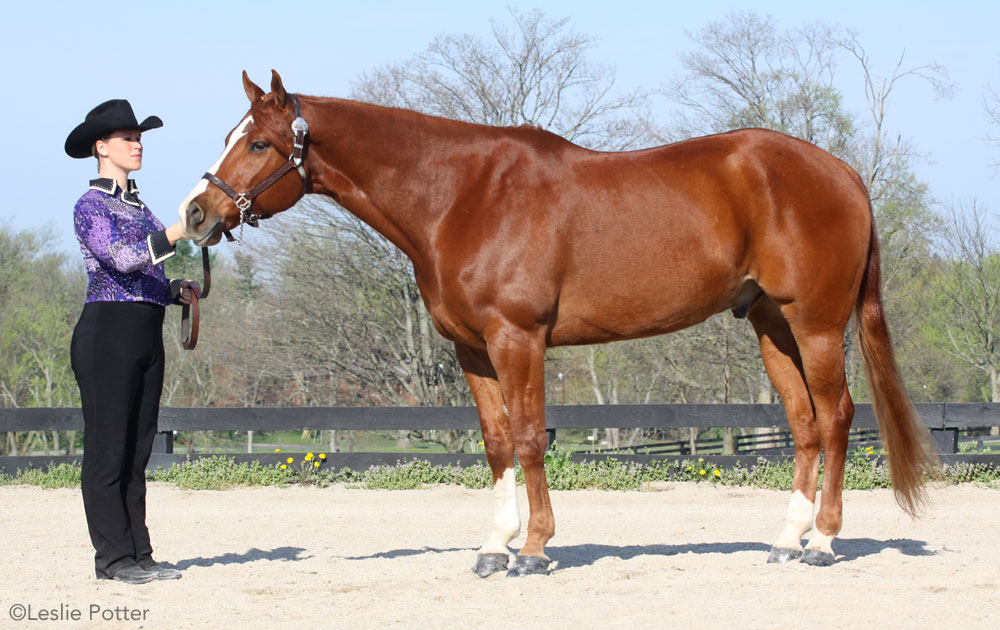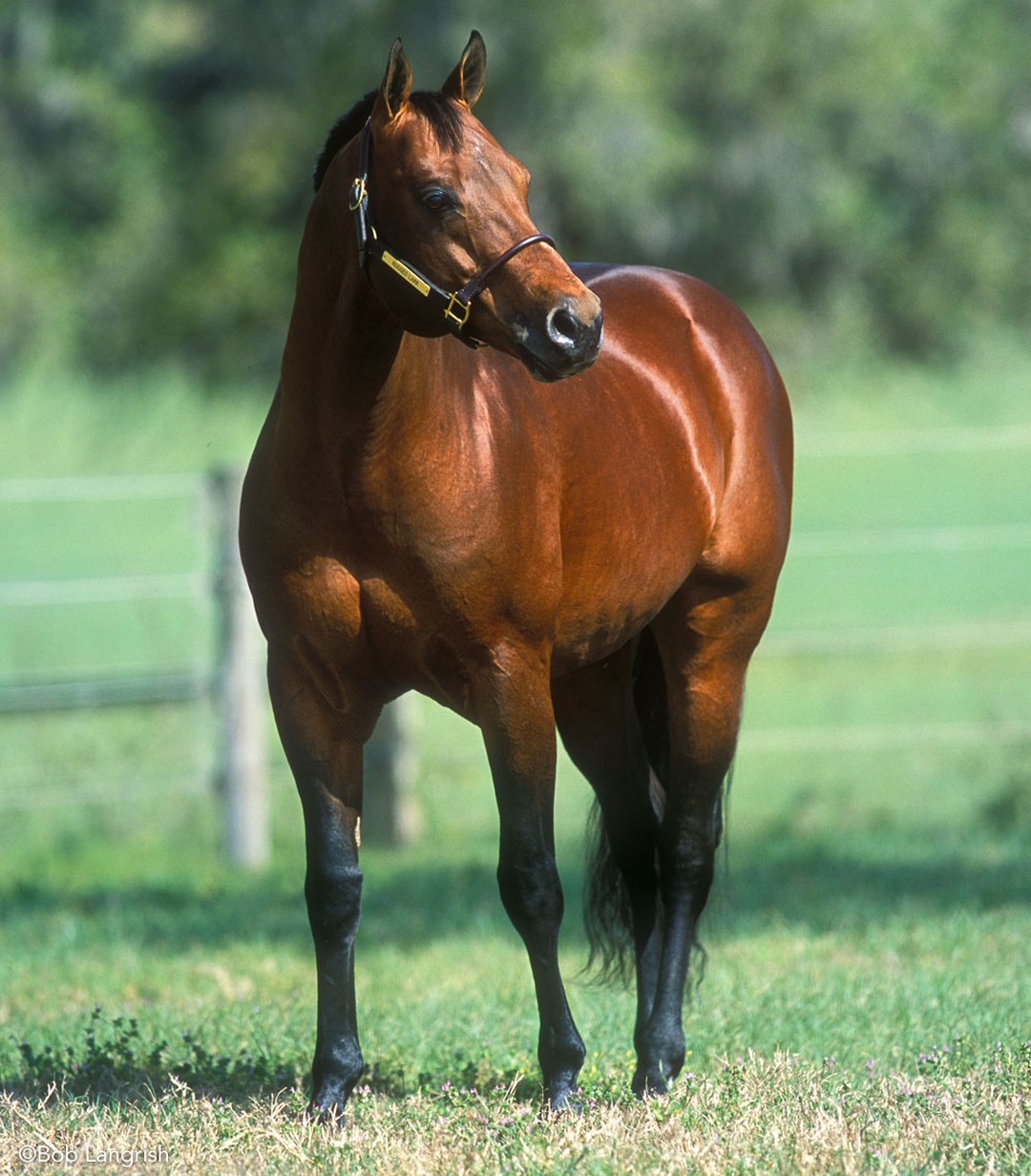American Quarter Horse
American Quarter Horse History
The American Quarter Horse traces its roots to early America, where settlers crossed English horses to those of Spanish ancestry, producing a compact and muscular horse. These horses could run a short distance over a straightaway faster than any other horse, and also served as multi-use work horses and family mounts.


In the 1600s, English colonists began calling these horses “Celebrated American Quarter Running Horses.” Later, Thoroughbred blood was also introduced. The American Quarter Horses moved west with the settlers and grew in popularity among ranchers, showing an inherent sense for working cattle. In 1940, the American Quarter Horse Association was founded, and the breed received its official name.


Today, the American Quarter Horse is the most popular American breed and can be seen in virtually every riding discipline. In addition, American Quarter Horses still race a quarter mile at tracks throughout the United States. They are also gaining popularity in Europe and around the world.
American Quarter Horse Characteristics
There are 16 recognized colors of the American Quarter Horse. The most prominent color is sorrel (brownish red). Other colors include bay, black, brown, buckskin, chestnut, dun, red dun, gray, grullo, palomino, red roan, blue roan, bay roan, perlino and cremello. American Quarter Horses range in size from 14 to over 16 hands high.
For More Information
American Quarter Horse Association, www.aqha.com
Further Reading
American Quarter Horse All-Stars
The American Quarter Horse is Named the Official Horse of Texas
This breed profile was originally posted on December 15, 2006.
Recent Posts
How the Vet Direct Safety Net Program is Helping Horse Owners
Through the Vet Direct Safety Net Program, a Kentucky horse lover helped her veterinarian get funds to help during her…
Santa Anita Park Officially Announced as LA28 Olympics Equestrian Venue
After a long wait, accompanied by much speculation and a final dramatic turn, the official equestrian sports venue for the…
ASPCA Right Horse Adoptable Horse of the Week: Camp Hope
Welcome to Horse Illustrated’s weekly installment of the Right Horse Adoptable Horse of the Week, offered in partnership with the…
2025 FEI Basel World Cup Finals Hands Reins to Fort Worth 2026
As U.S. athletes look back on valuable experience gained at the 2025 FEI World Cup Finals in Switzerland, the next…
How to Clean a Horse’s Sheath
If you’ve never cleaned a horse’s sheath, you probably have questions. First and foremost, is it really necessary? And more…
All Three Equestrian Sports Receive Final Confirmation for the LA 2028 Olympic Games
After a nail-biting two years of speculation about the inclusion of equestrian sports in the next Olympic Games, it was…